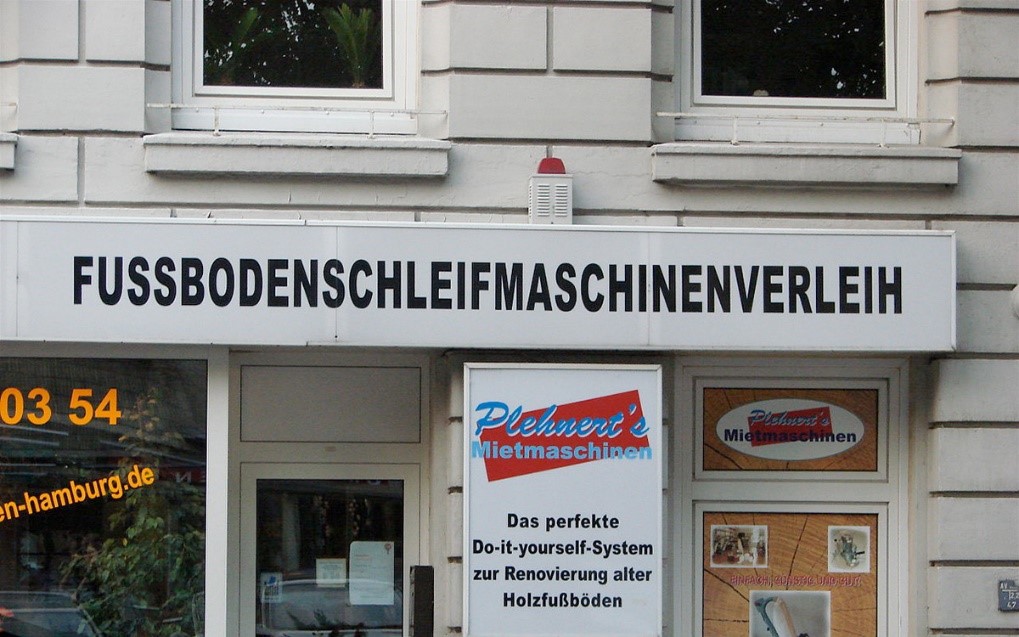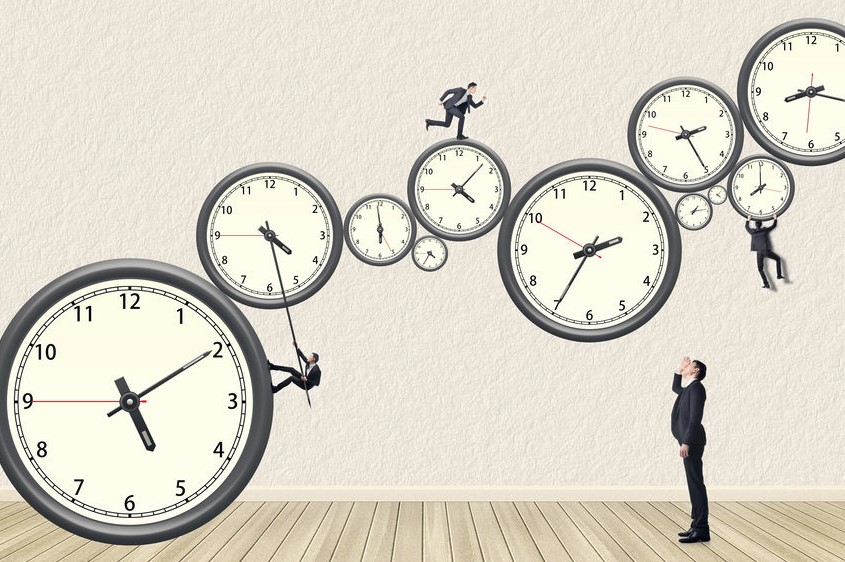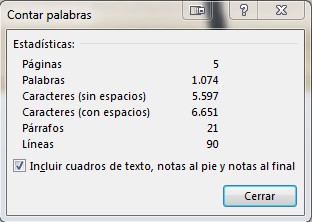My company needs a German translation: what should I know?

Germany is the largest market in the European Union. This is a highly competitive market, but one in which many Spanish companies have an opportunity to enter. In fact, as a percentage of GDP, Germany is the second largest destination for Spanish exports: 11.28% in 2018. Germany is the largest economy in the European Union in terms of GDP and the fourth largest economy in the world, with 83 million inhabitants (2019).
Índice de contenidos
Index of contents
Index du contenu
Inhaltsverzeichnis
As a language, German has a number of characteristics that should be taken into account when translating into German. A few brief notions about German and its translation will help us to avoid headaches and to carry out German translation projects efficiently.
1. Words like sausages: the extent of the German translation

"Grundstücksverkehrsgenehmigungszuständigkeitsübertragungsverordnung" (Ordinance on the Transfer of Powers for Real Estate Transaction Permits) is the longest word in the Duden, the German dictionary par excellence. This is the German equivalent of the dictionary of the Royal Academy of the Spanish Language. The ability to create compound words to synthesize ideas is one of the peculiar characteristics of German. Perhaps it is one of the elements for which German has a reputation as the language of philosophy.
As far as translation is concerned, this characteristic of texts translated into German makes it a nightmare when it comes to layout manuals, catalogues, brochures, websites or any other documentthat needs to be translated. Translating from English to German is one of the worst combinations in this respect, as English is characterised by its syncretism which means that it needs less textual space to express the same ideas.
As arule, German will need 30% more space than English. This large extent of translation from German compared to the original language is a challenge for the layout artists. They must create space in the designs by lowering font size, reducing images, increasing line spacing and using a great deal of ingenuity.
Another problem added to the German texts is precisely the length of their words. Not only does it make your layout difficult, but it also makes it necessary to use a good dictionary in the layout program so that the words are cut correctly according to German spelling standards.
2. The Germans: demanding customers

If over 40% of German GDP in 2018 was due to exports, it is mostly because German products and services are equivalent in reliability and accuracy worldwide. The work culture in Germany is a widely spread stereotype and reflects part of the German reality and culture.
From this point of view, German translation is where we should never skimp on achieving acceptable and professional quality for a sophisticated and demanding audience. In order to ensure quality in the translation process, the ISO-17100 standard on translation services requires a second step of review. If you're wondering why, I invite you to read our blog: Why does a translation need editing? However, budget constraints mean that many companies choose to skip this second advisable step, but at a high cost on the final bill. It is important for the German market that you offer translations that comply with ISO-17100. Keep in mind that the cost to your company's image of a translation error will be higher in the German market than in other markets due to a cultural issue.
3. German Dialects
German is very rich in dialects, so much so that fluid communication between the different German dialects can be a real problem. It goes beyond the difficulty that someone from the north of Spain would have in understanding a closed Andalusian accent. In any case, this is not a problem when it comes to translation.
High German is the standardized way of pronouncing German and reflecting its writing. University and highly educated Germans will usually be able to speak the standard German and the dialect of their region.

From the point of view of translation, only in the case of truly creative translations can we take into account the cultural units that represent German in Germany, Austria and Switzerland. In these cases, there may be cultural expressions or references that are more specific to one country than to another. Therefore, if our target market is Switzerland and our text is a creative marketing text, there may be subtleties in the translation that would make sense to express in Swiss German.
4. Translation quotes: lines versus words
In relation to the section where we talked about the extraordinary length that German words can have, we found that German or German budgets can be offered by standard line. A standard line is equivalent to 55 characters including spaces. This form of budgeting aims to eliminate the variability that can be found in the ratio of number of characters to words. In the case of German, this is where we still find some translators or translation companies, especially if they are located in Germany, who can use this form of presenting quotations.
That said, the truth is that the most widespread way of budgeting for translations is by the word. However,we can easily compare quotes from different translation service providers using different price units. We will be able to know the number of lines of our text by counting the number of characters in our text (in Word, for example) and dividing it by 55. To know the number of words to be translated, we can see it directly using Word.

5. Conclusion
Translation into German is one of the most demanding translation activities due to the importance of Germany as an import and export power with respect to Spain. The peculiarities and difficulties that can arise when translating into German are directly related to the length of your words and the length of the translated text. This is a challenge especially during the layout phase, so a layout of the original texts that takes into account this extension will allow us to have more fluid processes accompanied by better results.
The German market is a highly sophisticated and competitive market, and this is not only true for products and services, but also for their marketing and translation.
Other articles you may be interested in:

Josh Gambin holds a 5-year degree in Biology from the University of Valencia (Spain) and a 4-year degree in Translation and Interpreting from the University of Granada (Spain). He has worked as a freelance translator, in-house translator, desktop publisher and project manager. From 2002, he is a founding member of AbroadLlink and currently works as Marketing and Sales Manager.




Add new comment